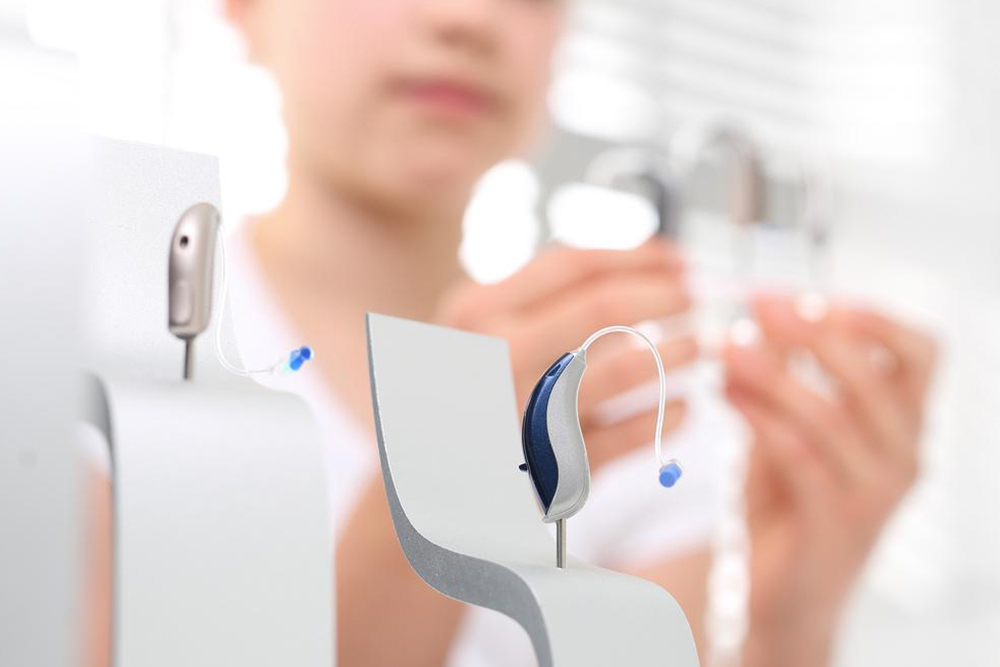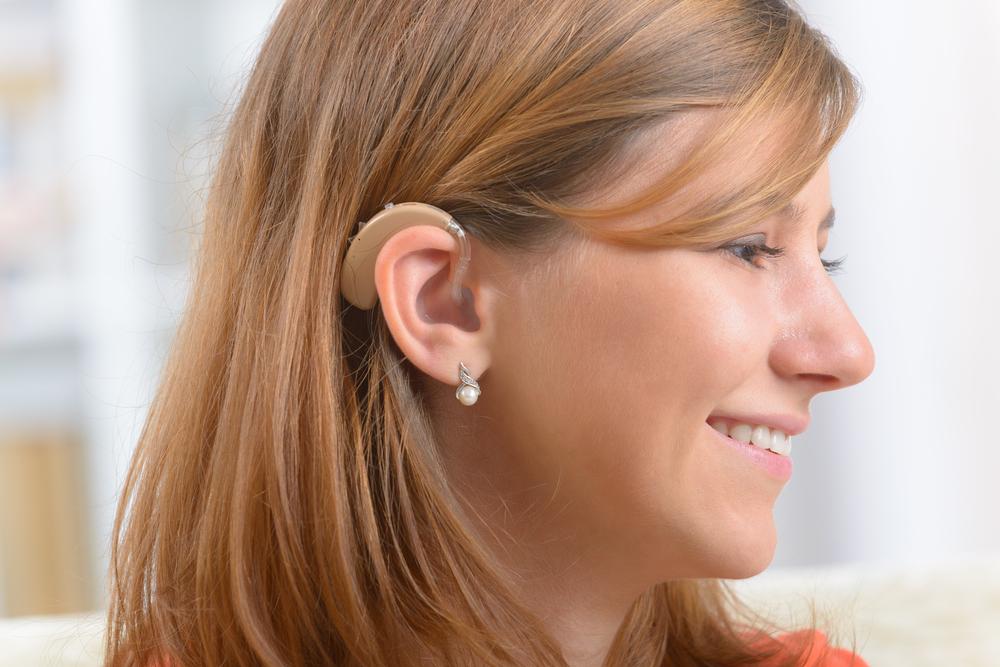Innovative Enhancements in Modern Hearing Aid Technologies
Discover the latest technological advancements in modern hearing aids, from wireless connectivity and smartphone apps to noise reduction and customizable features. Learn how top brands lead the market with innovative solutions designed to enhance hearing, comfort, and connectivity, offering users a personalized experience. This comprehensive guide helps users understand what to consider when choosing a high-quality hearing device to improve their everyday life and communication.

Innovative Enhancements in Modern Hearing Aid Technologies
In today's rapidly evolving audiology landscape, hearing aids are no longer just simple amplifiers; they have transformed into sophisticated devices equipped with advanced features designed to improve user experience, comfort, and connectivity. As consumers seek high-performance hearing solutions, understanding the key enhancements found in the latest models is essential. This comprehensive guide explores the most recent developments in hearing aid technology, the top brands leading the market, and how these innovations can significantly benefit users with diverse hearing needs.
When selecting a hearing aid, it is crucial to focus on both quality and functionality. The market offers a wide array of devices, but those ranked among the top 25 are generally trusted for their reliability, durability, and cutting-edge features. Major brands such as Phonak, Unitron, Resound, Starkey, Siemens, Widex, and Oticon dominate the industry with their commitment to innovation and user-centered design, providing a broad spectrum of options tailored to individual preferences and lifestyles.
Beyond simply amplifying sound, modern hearing aids incorporate multiple features aimed at enhancing usability and providing a more natural hearing experience. These include multiple channels that enable precise sound processing, customizable programming options that cater to specific auditory needs, and advanced feedback management systems to eliminate annoying whistling sounds. Noise reduction technology plays a vital role in improving clarity, especially in noisy environments, while directional microphones help focus on specific sound sources like speech amidst background noise.
Expanding on core functionalities, state-of-the-art hearing aids now feature wireless connectivity options that facilitate seamless interaction with other devices. Bluetooth compatibility allows users to connect effortlessly with smartphones, tablets, and other audio sources, enabling them to stream music, calls, and notifications directly to their hearing aids. This not only simplifies daily communication but also enhances overall convenience.
Smartphone control applications have revolutionized how users interact with their devices. These apps provide intuitive interfaces to adjust volume, change listening environments, switch between program modes, and even fine-tune sound processing settings — all from the comfort of a smartphone. Such features are particularly beneficial for managing conditions like tinnitus, as users can create customized soundscapes or therapeutic sounds tailored to their needs.
Speech clarity during phone calls is greatly improved with call streaming capabilities. This technology transmits calls directly to hearing aids, making conversations clearer and more comfortable without requiring extra accessories or devices. Battery life indicators integrated into the device inform users when recharging or battery replacement is necessary, ensuring reliable operation throughout the day. Additionally, maintenance features such as dehumidifiers and cleaning alerts help preserve device performance and hygiene, reducing the need for frequent repairs or replacements.
Top-tier hearing aids from renowned brands embed these advanced features, offering personalized solutions that adapt dynamically to various environments and user preferences. The integration of wireless connectivity, environment-specific programs, noise management, and user-friendly controls collectively creates a hearing solution that is both effective and intuitive. Ultimately, these innovations aim to deliver a natural, comfortable, and confident listening experience, empowering users to engage fully in their personal and professional lives.
In conclusion, the latest developments in hearing aid technology exemplify how innovation continues to improve quality of life for individuals with hearing impairments. By selecting devices equipped with multiple channels, customizable options, connectivity features, and smart controls, users can enjoy a more seamless, natural, and accessible auditory experience. As the industry advances, staying informed about these enhancements ensures that users can make educated decisions and find the perfect hearing aid tailored to their unique needs.





